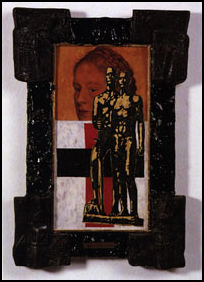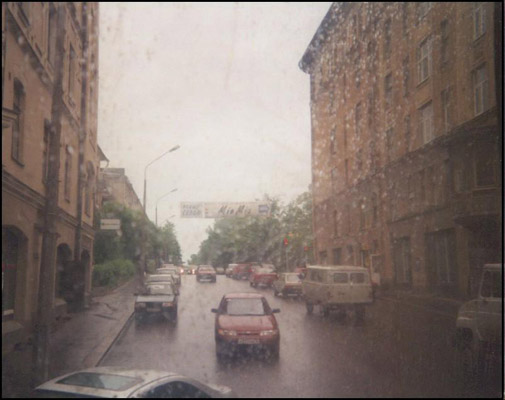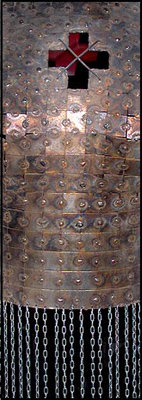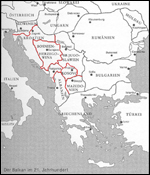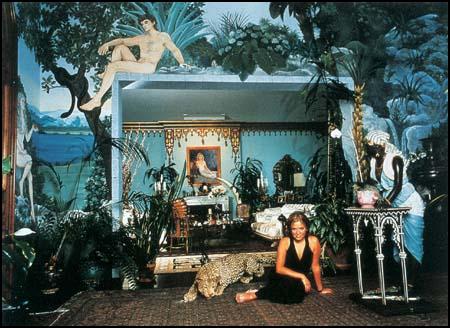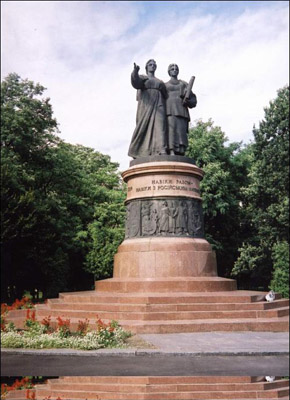Dream Factory Communism: The Visual Culture of the Stalin Era
Max Hollein, Director of the Shirn Kunsthalle Frankfurt, relates how he suddenly conceived of the exhibition Dream Factory Communism on a trip to Moscow after a chance encounter with the power and desire that radiate from Socialist Realist painting.
A visit to the Tretyakov Gallery convinced him to discard his original plan for a Kandinsky retrospective, in favour of a controversial art that fascinates the contemporary imagination with its mixture of the “monumental and folksy” on the one hand, and the “postmodern and visionary” on the other.(Max Hollein, foreword … Read more


